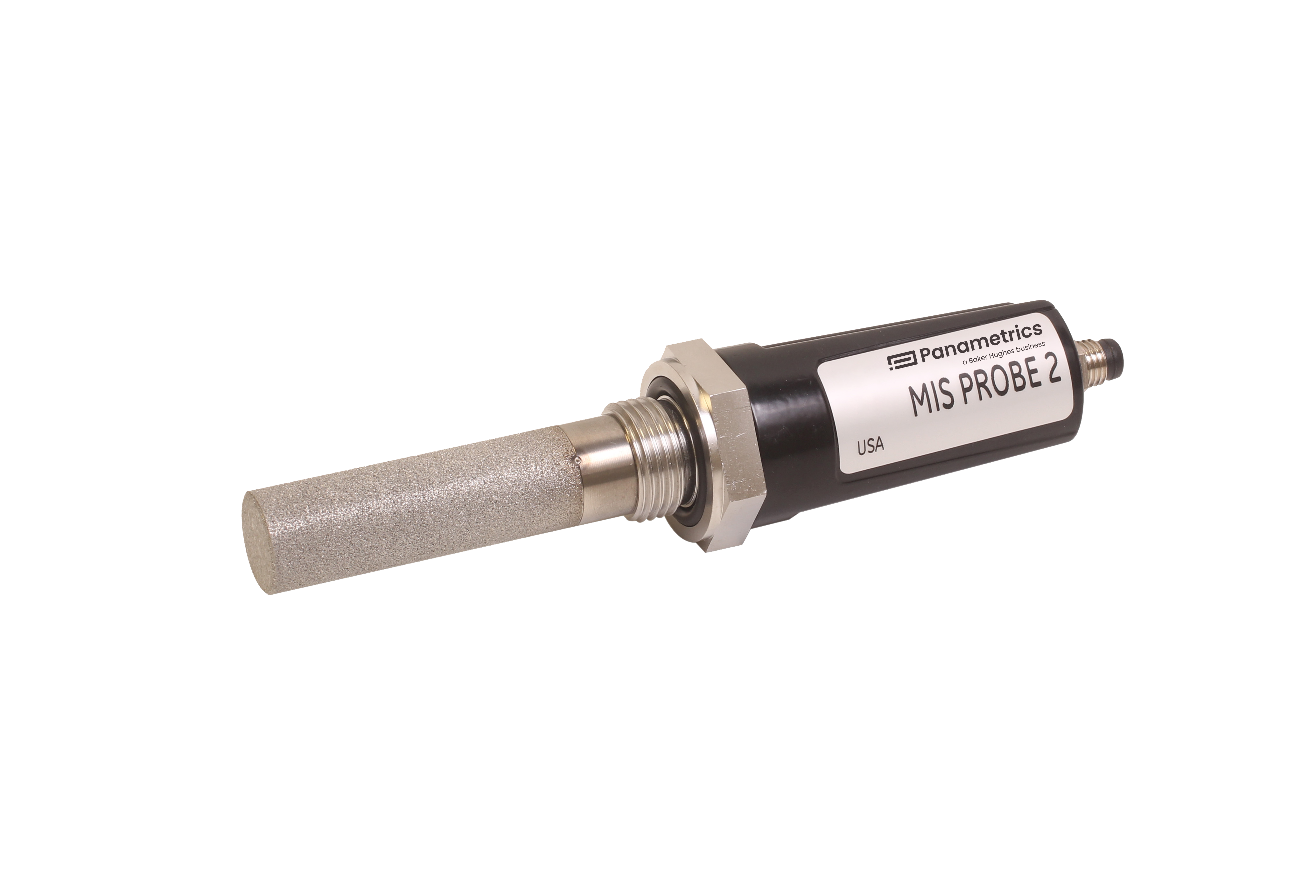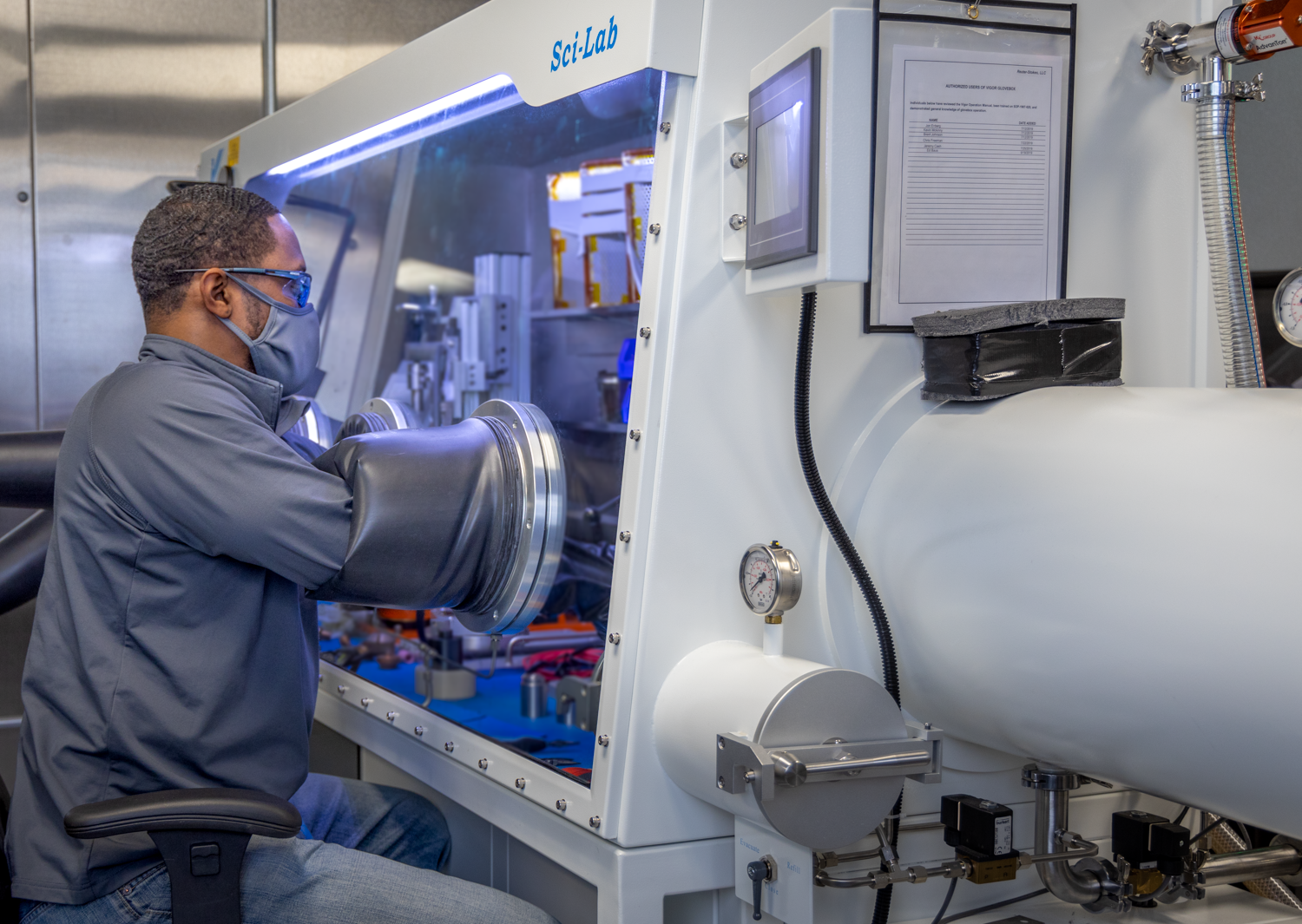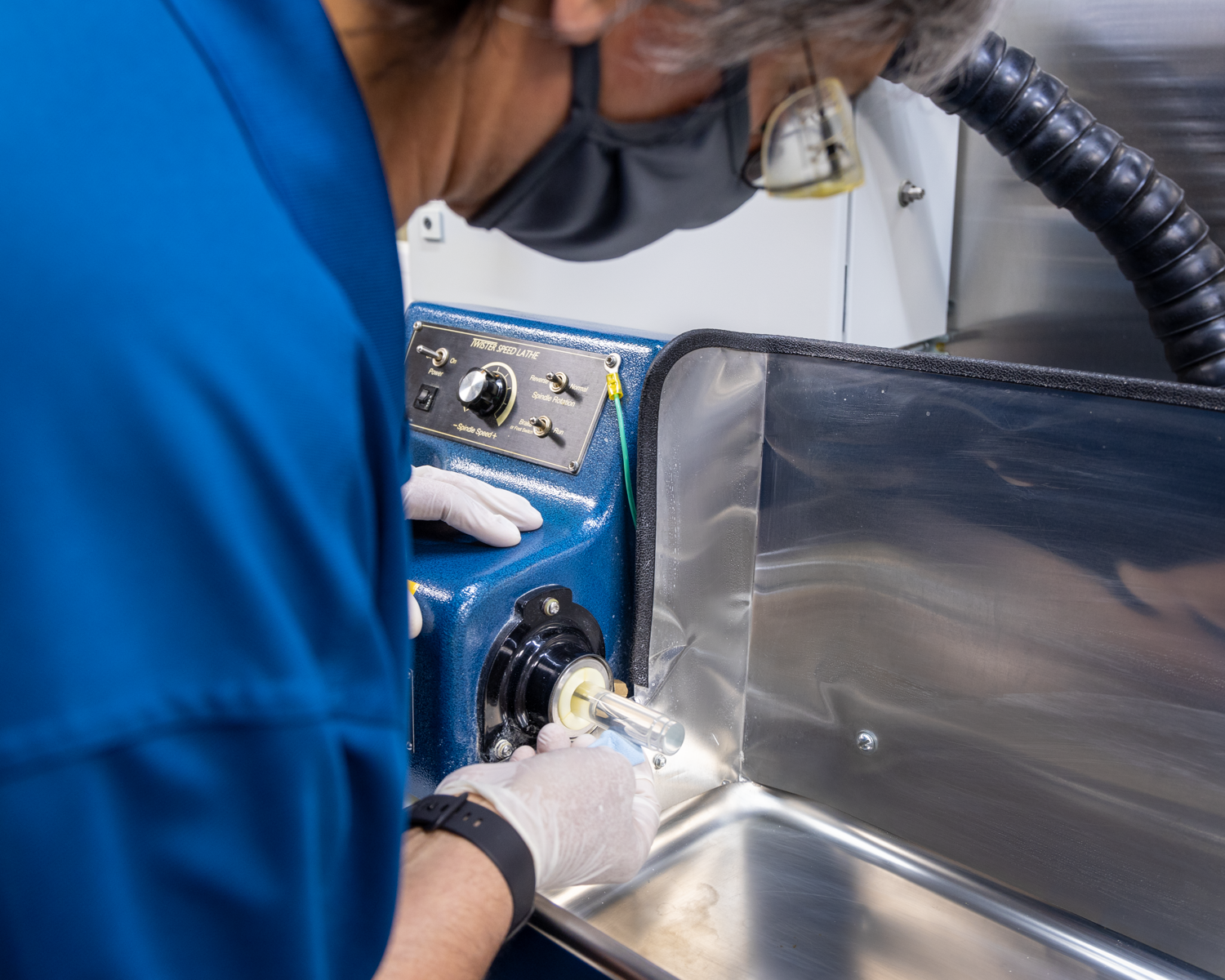The energy transition starts with measuring the impact of human activity on the environment. To gather such measurements, you need sensors.
Just as sensors in the human skin send impulses to the brain to feel hot and cold, in machines, changes in the electric current are sensed and used to analyze the physical conditions.

A sensor is a device that detects the change in the environment and responds. Put simply, a sensor converts stimuli such as heat, light, sound, pressure, radiation, or motion into electrical signals. These signals are passed through an interface that converts them into a binary code and transmits it to a computer to be processed. Here are 5 things you should know to understand better the essential role industrial sensors play in energy technology today:
1. Sensors are everywhere
Pressure sensors are critical components on planes, trains, and automobiles, and you’ll even find them in laptops, smartphones, and coffee machines. Ask a meteorologist how will they predict the weather without pressure sensors? Industrial pressure sensors are widely deployed across oil and gas energy applications, manufacturing assembly lines, science laboratories, pharmaceuticals, and anything in between. Pressure measurement technology is designed to provide high reliability and accuracy in the harshest environments.
Industrial sensors are also used anywhere that requires measurement of liquid or gas, moisture, oxygen, or emissions, such as power generation, water and wastewater, food and beverage, oil and gas, chemicals, pharmaceuticals, and steel production. Between regulations and a corporate responsibility to improve the environmental landscape, companies are discovering that reliable sensor technologies can ease the pressure on control engineers, allowing them to focus their time on maintaining a safe environment with reliable data and insights.

Finally, sensors play an essential role in measuring radiation in places such as nuclear power plants, major shipping ports, materials research facilities, and gas and oil-fired turbines.
Specific to oil and gas, or geothermal energy drilling applications, sensors help inform how to best position wells by determining the geophysics and petrophysics of a location using gamma and neutron radiation sensors. These sensors help determine the rock types, and whether the rocks contain oil, gas, or water. These drilling applications typically also use gravitational and magnetic field sensors to pinpoint the location of the drill string under-ground relative to the earth’s magnetic and gravitational fields (think of it as a GPS underground).
Neutron sensors are used in a wide array of applications. In nuclear power, neutron sensors are used to determine the power level of the reactor to permit safe start up, operation, and shut down. In gas turbine applications, UV sensors are used as a supervisory component to detect the presence of flame prior to injection of fuel to prevent explosions.
The commonality of all these measurements is that they are invisible to the human eye, yet essential to the functioning and optimizing of entire systems and industries.
2. Sensors are high-tech
Raw materials to make sensors range from common materials such as Aluminum to rare metals such as Rhodium. The main challenge is how to take these raw materials and turn them into sensors. This requires state-of-the-art equipment and experts who use well-established processes for the smart sensors industry. Some of the Baker Hughes sensor experts have been with the company for over 40 years, solving many industry problems through advancements in sensor technology.
As an example, Druck, a Baker Hughes business and pressure measurement specialists, manufactures silicon sensors. Raw silicon wafers are bought in and, using more than 300 processes, are transformed into a sensing element in the company’s state-of-the-art, clean room. Some of the processes include micro machining and etching. It can take up to 12 months for the more sophisticated elements to be produced.
Reuter-Stokes, another Baker Hughes business, develops sensors that use specially formulated Uranium blends to measure high neutron flux in nuclear power plants. Helium-3- gas, a very specialized commodity, has been developed to measure low flux neutron emissions. They also use inorganic salts which can be used as scintillators for measuring gamma radiation.

Many such special materials used in sensor manufacturing require control: Uranium blends, for example, will require radiation safety programs, which are critical to success. Inorganic salts absorb moisture which means operating in a dry room environment to contain contamination risks is a must.
Special materials extend beyond the actual sensing element to the supporting mechanical structures. As in example, if a sensor needs to remain inside a reactor core for seven years, the materials of construction for the housing of the sensor have to be chosen carefully to minimize activation and make disposal less hazardous. This is typically done by controlling the Cobalt content in the stainless steels used for housing construction.
Radiation also can cause damage to materials of construction, this can be minimized by careful selection of grain structure, and applications of specialized heat treatment profiles.

Specialty in ruggedization is as important as the raw materials. Often, industrial sensors operate in very harsh environments, with very high temperatures in the core of a nuclear power plant, high vibrations, shock, and seismic load. Sensors are required to continue to function under extreme conditions, similar to what happened with the tsunami in Japan.
Likewise, the inorganic crystals used for gamma detection in drilling applications are very fragile. This requires a robust suspension system to protect the crystals during the vibration, shock, and heat encountered during drilling. Similarly, neutron detectors used in drilling application require special techniques to protect the anode wire (thinner than a human hair) from breaking under vibration.
Beyond materials selection, the nature of certain designs means very low signals, which puts a lot of emphasis on signal-to-noise ratio. This means eliminating signal leakage paths by lowering contaminants, which typically requires the use of a clean room.
In addition, the signal transmission cables must be of a special design with very high insulation resistance to carry a very low signal over a very long distance, with a lot of potential for interferences along the way.
3. Sensors can help the world reach net-zero goals
Sensors can help measure and, as a result, improve fuel efficiency. For example, Druck’s TERPS sensing technology, its highest accuracy device, can control the pressure of fuel systems in gas turbines, which helps more accurately regulate fuel supply, which provides greater efficiency as the turbine can be controlled to higher levels of operating parameters.
Downhole sensors can help optimize the placement of a new well. By drilling fewer wells, drilling programs are subsequently smaller in a particular field, reducing the overall carbon footprint of operations. In addition, wells can be drilled faster with sensors that can withstand high temperature and high pressure, therefore shortening the amount of time needed for the rig and reducing the impact of each well once again.
Sensing elements can also be applied to leak detection. Sensors can detect leaks in transformers to stop chemicals from leaking into the environment. Flow meters installed for leak detection in infrastructure such as water distribution can monitor efficiency and reduce waste, to maximize delivery of water supplies. Oil and gas pipeline maintenance and integrity programs are managed thanks to inspection devices fitted with either magnetic or ultrasonic sensors, capable of measuring threats of corrosion and cracking in the pipe wall. This also reduces the risk of leaks into the environment.
Flare management technology using sensors is now available, and with accurate measurement comes emissions reduction. Using technology developed by Panametrics, also part of Baker Hughes, oil and gas operators can pull critical information about their flare system, including temperature, pressure, vent gas velocities, and gas composition, to calculate the optimum levels of flare performance and ensure 98%+ high-efficiency flare combustion. The flare.IQ technology could save the emissions equivalent of removing 34,000 cars from our roads from a typical oil and gas refinery producing 500k barrels a day, running at 70% flare efficiency.
4. Sensors keep machines connected
The digital world is binary, made of 1s and 0s. To take our analogue world and digitalize it, we need to start with a device that converts these signals. This fundamental device is a sensor, and once the data from a sensor is processed, wherever it may be, this is the first step towards digitalizing industry.
There is a growing need for sensors to do more than just measure pressure, for example, so new technology developed can now measure both pressure and temperature. On their digitalization journey, some operators may want as much information as possible from one sensor to get a basic reading and infer data from that.
Or others may wish to gather all the data available from their whole system. In that case, their product, or their IP, is the information analyzed as a result of the data collected by multiple sensors. For example, advisors need to look at the water depth in a reservoir, rainfall, and snowfall data to forecast flood defenses for cities. All are calculated from pressure readings, and they are then able to devise a complex algorithm, to design a model which will keep the city safe from flooding. Vast amounts of data from sensors are needed to make their product as accurate as possible and ultimately save lives.
No matter how a customer wants the data, whether it’s a simple analogue signal or a complex digital protocol, industrial sensor technology needs to be able to support either.

5. Sensors for the future of energy technology
For the next generation of ultrasonic flow meter transducers, R&D teams are now using 3D printing to create intricate shapes, which was previously not feasible with traditional machining and manufacturing methods.
As a result, the quality of the signal using such transducers was significantly improved, as the signal shape to transmit the beam was enhanced by the printed parts. This means this technology will be applicable in tougher applications for hydrogen and CO2 measurements, for example, as components need to be much more robust to work in those environments—a key success factor in the energy transition.
In the hydrogen economy, leaks are not acceptable from a cost and safety perspective. Hydrogen is an expensive and highly energetic fuel. Existing leak detection sensors are being tweaked, and new sensors are being developed to withstand hydrogen conditions and provide accurate measurements during production, transmission, or storage.
Doing more with an existing sensor, either with additional measurements or more accurate measurements, will add to the efficiency play discussed earlier.
Existing sensor technology is also being tested and adapted for future use in developing geothermal and nuclear energy applications.
Sensing technology tested in motorsports functions under the toughest conditions from a vibration and temperature perspective, so a technology transfer into other applications often makes sense when looking at future energy applications.
Energy Forward Stories
Sign up to stay up to date on the latest innovations and people shaping the future of our industry.




